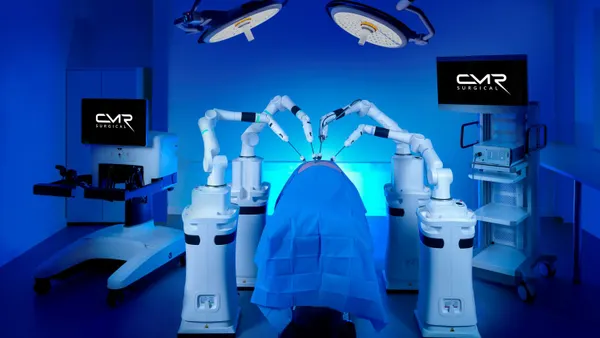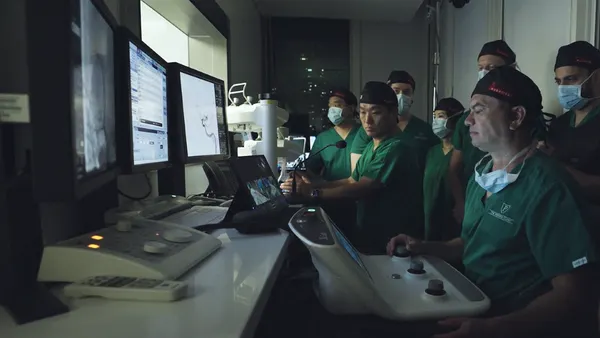Dive Brief:
-
There is significant hospital-to-hospital variation in the complication rates among patients treated with cardiovascular implantable electronic devices, according to a study published in Annals of Internal Medicine.
-
The study found up to a threefold difference in complication rates at hospitals in Australia and New Zealand, leading its authors to suggest there is institutional variation in cardiac care quality.
-
Given the widespread use of pacemakers and other cardiac implants, variation in quality may translate into unnecessary complications and costs for large numbers of patients.
Dive Insight:
"These complications are not trivial; they may have a profound effect on patients' wellbeing and quality and duration of life," the Population Health Research Institute's Jorge Wong and PJ Devereaux wrote in a related editorial. "The study results suggest that the risk for early CIED complications differs substantially among hospitals, highlighting the need for increased initiatives at the institutional level to improve quality of care for CIED recipients."
The study looked at the complication rates at 98 hospitals that implanted at least 25 permanent pacemakers and cardioverter-defibrillators over the analyzed period. The median risk-standardized complication rate across the hospitals was 8.1% but that figure masks variation between institutions.
At one hospital, the complication rate was 14.3%. More than 20% of hospitals had complication rates that differed significantly from the average across the entire dataset.
Similar levels of variation were seen in analyses of subsets of the data. The complication rates among patients who received permanent pacemakers ranged from 5.4% to 12.9%. The range for patients treated with implantable cardioverter-defibrillators was wider yet, spanning from 6.2% to 16.9%. A similar level of variation was seen when only elective procedures were included in the dataset.
Earlier studies found complication rates associated with pacemakers ranging from 3% to 6%. The complication rate associated with implantable cardioverter-defibrillators ranges from 3% to 10%. However, the previously collected figures typically came from randomized clinical trials, registries or single-center observational studies, meaning they largely failed to capture the effect of variations in hospital quality.
While some difference in complication rates is inevitable, the authors of the study said the level seen in their analyses suggests there is “institutional variation” in care quality. The authors called for “concerted clinical and policy interventions” to address the varying rates of complications.
"We should be routinely reporting hospital complication rates to make these fully visible to clinicians, hospitals and the community,” Anand Ganesan, a study co-investigator, said in a statement. “We should also invest in strategies proven to reduce these, such as optimizing procedural technique, adopting better infection control measures and managing blood thinning drugs peri-procedure."
Another author said encouraging hospitals to audit complications, engage in clinical quality registries and otherwise take part in quality improvement activities could reduce complications over time.
The study was primarily funded by Australia's Hospitals Contribution Fund Research Foundation.











